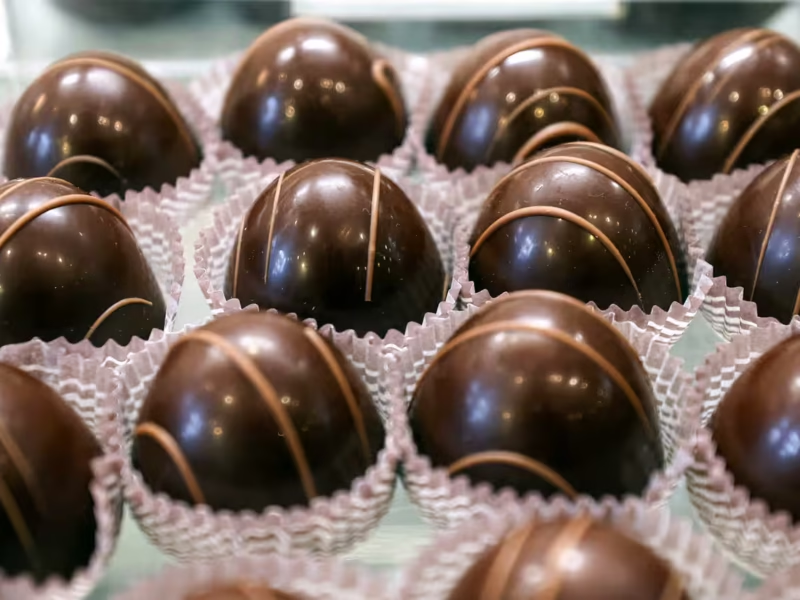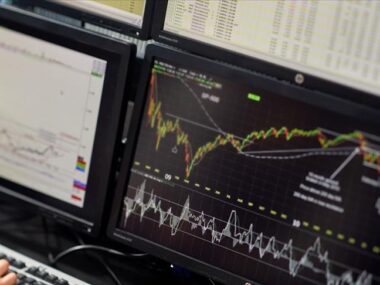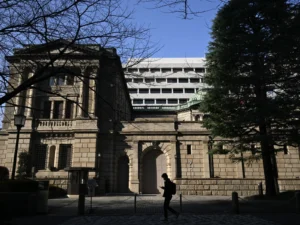The price of cocoa, the main ingredient in chocolate, has increased over the past year, and tariffs on imports will keep prices elevated.
For many Americans, Easter isn’t complete without chocolate—whether it’s bunnies, eggs, or candy hidden in plastic eggs for hunts. However, skyrocketing cocoa costs are driving up prices for chocolate treats this year, and Donald Trump’s tariffs on all imports are likely to keep prices high in the future.
Each year, Americans spend billions on sweets during major candy seasons like Valentine’s Day, Easter, Halloween, and the holidays. In 2023, they spent $5.4 billion on Easter candy alone, according to the National Confectioners Association.
The rising price of chocolate candy is primarily due to surging cocoa costs, the essential ingredient. In 2023, cocoa farmers in West Africa—responsible for 70% of the world’s cocoa—faced climate-related crises, including drought and plant disease, which devastated their production. This resulted in a cocoa deficit of over 400,000 tons, pushing prices significantly higher. While cocoa had typically cost around $2,000 per ton in recent decades, it peaked at over $12,000 in 2024.
As a result, chocolate prices have soared globally. Hershey, the US’s largest chocolate producer, raised its prices last year but struggled to maintain demand, experiencing its worst profits in seven years by 2024.
Chocolate’s price sensitivity is partly due to its unique status in grocery stores, where it lacks viable substitutes, according to Joseph Balagtas, a Purdue University agricultural economics professor. For instance, people can substitute expensive chicken for hamburgers or pork chops, but it’s harder to make chocolate-chip cookies without chocolate.
The introduction of Trump’s new tariffs is expected to drive chocolate prices even higher. While the exact impact of the tariffs is uncertain, the Yale Budget Lab estimates that tariffs could cost consumers an additional $4,900 annually, with an average price increase of 3% across goods. Chocolate will be no exception.
Trump’s recent tariffs encourage American companies to shift production to the US, stating, “If you want your tariff rate to be zero, then you build your product right here in America.” However, shifting chocolate production to the US is complicated and costly due to the fact that cocoa can only be grown in tropical climates—primarily in places like Hawaii and Puerto Rico. Consequently, most cocoa consumed in the US is imported.
“The United States produces, I’m going to generously say, 100 tons of cocoa a year,” said Greg D’Alesandre, co-owner of Dandelion Chocolate in San Francisco. “We use about 120 tons of cocoa a year… there’s no chance that [the US] can make all the cocoa we need.”
Both large and small chocolate makers are impacted by universal tariffs. Besides rising cocoa prices, manufacturers are also grappling with inflation in other parts of their production process. “I’m more concerned about packaging prices,” said Oliver Holecek, owner of Primo Chocolate in New York, noting that most paper manufacturing happens in China. Shipping costs could also increase due to congestion at US ports.
This creates an uncertain environment, especially for smaller chocolate businesses that lack the resources of larger manufacturers. Dandelion had to raise prices last year because of cocoa price hikes, and D’Alesandre is unsure how customers will respond to further increases. “I’ve known three chocolate makers that have gone out of business over the last three years because there’s too much turmoil in pricing,” he said. “It’s very difficult to make a plan for it… we’re doing our best to make plans, but a lot of it is wait and see.”











